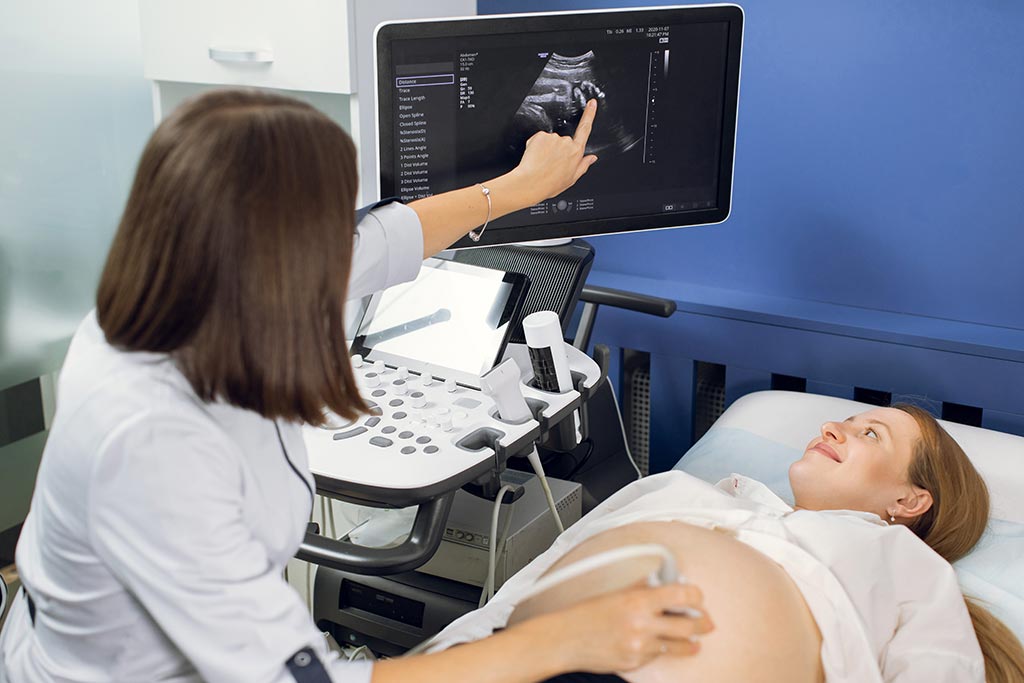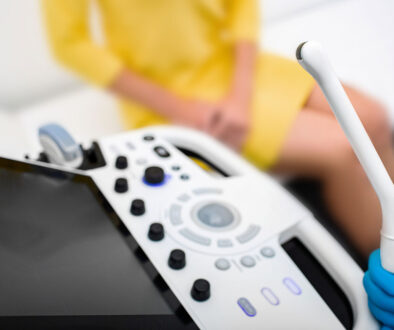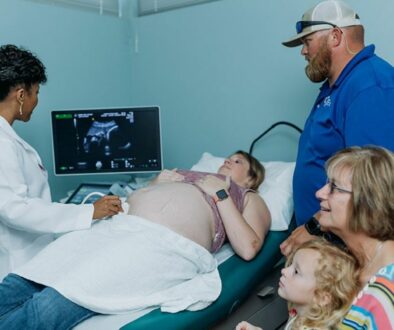Don’t Believe These Myths About Ultrasounds
An ultrasound is likely the first picture you’ll get of your baby. This vital screening helps us monitor the health and development of your child. An ultrasound is also an important diagnostic tool that enables us to detect tumors and any changes in tissues or organs. Ultrasounds can help us evaluate your uterine lining and determine the causes of pelvic pain.
But there are many myths about ultrasounds, and unfortunately, these ultrasound myths can keep patients from getting the care and vital screenings they need.
We’ll look at how ultrasounds work, the common ultrasound myths, and the truth you need to make informed decisions about your health.
What Is an Ultrasound?
An ultrasound is a medical imaging technology that produces images through sound waves. Through a probe called a transducer, sound waves are transmitted into the body. The sound waves contact a boundary between tissues. When the waves hit these boundaries, they “bounce back.”
The ultrasound then records these sound waves that echo back, and a computer translates these waves into an image.
Next, we’ll debunk a few of the myths surrounding ultrasounds. Many of these myths surround ultrasounds during pregnancy.
5 Common Myths About Ultrasounds
1. MYTH: Ultrasounds Use Radiation
While some medical imaging such as X-rays or CT scans do use small amounts of radiation, an ultrasound does not. Instead, as we mentioned above, the ultrasound uses high-frequency sound waves to create an image.
Therefore, you (and your baby) are NOT exposed to any radiation during an ultrasound.
2. MYTH: Ultrasounds Can Cause Miscarriages
This myth alleges that ultrasounds given within the first three months of pregnancy can cause an early pregnancy loss. This is simply not true. There is no evidence supporting this. Sadly, this myth can keep women from getting the care they need early in their prenatal care
3. MYTH: When You’re Pregnant, You Need an Ultrasound at Every Appointment
Actually, you’ll only have two to three ultrasound checks during your entire pregnancy, provided there aren’t any complications. If your baby has a medical issue, we may need to take additional ultrasounds.
Ultimately, we determine our course of treatment and care based upon each woman’s individual situation. So, the number of ultrasounds needed may vary from patient to patient.
4. MYTH: Ultrasounds Can Immediately Detect the Sex of the Child
While ultrasounds give us important information, it’s not always easy to determine the sex of your baby. Numerous factors, including how the baby is positioned and how far along you are in your pregnancy, can play a role in interpreting the ultrasound results.
5. MYTH: 3D Ultrasounds Are Unsafe Because They Use Stronger Sound Waves than 2D Ultrasounds
Again, simply not true. The same frequency is used in both 2D and 3D ultrasounds. The difference is that in a 3D ultrasound, a computer builds images based upon multiple layers of 2D images.
Our State-of-the-Art Ultrasound Technology Provides Advanced Care at Associates in Women’s Healthcare
Myths about ultrasounds often keep women from getting the help they need.
Ultrasounds are an important diagnostic tool, but equally important are the health care professionals who conduct them. Our sonographers have more than 20 years of experience. They are also certified by the American Registry for Diagnostic Medical Sonography.
With this extensive experience and credentials, our sonographers are ready to provide world-class, compassionate care, whether you’re getting that first peek at the baby or we’re trying to locate the source of gynecological problems.
As women treating women, we view it as a privilege to care for you. And we care about much more than your gynecological health. We want to help you achieve a healthier lifestyle overall so you can avoid or minimize the impact of diseases such as diabetes and high blood pressure.
We invite you to see why Raleigh and Triangle area patients have entrusted us with their care. Contact us today to schedule an appointment.





